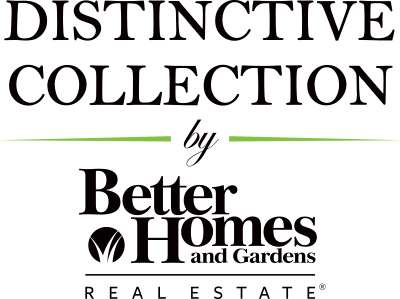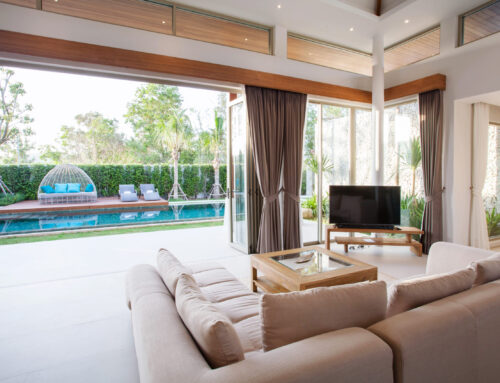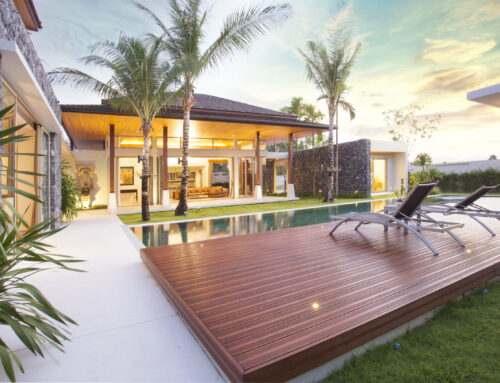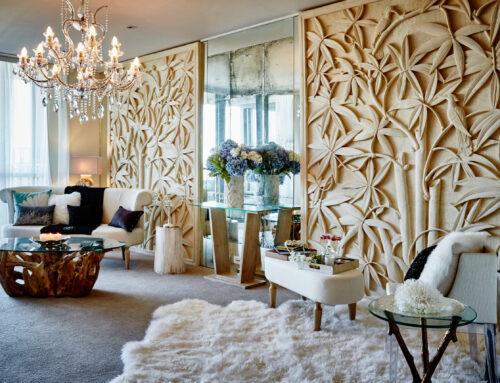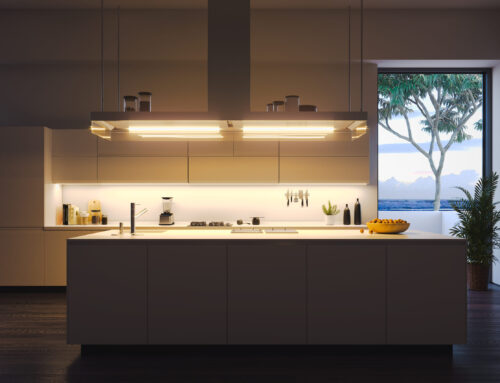Whether you recently bought a property that has a back garden in need of renewal or you have always wanted to create a garden full of your favorite blooms, it is the perfect time to get started. If you find yourself overwhelmed with options, read on for inspiring ideas on how to design a home garden that will not only thrive but is uniquely you.
Research Your Region
If you are just beginning your foray into gardening, Real Simple suggests that you take it slowly, “not everything grows everywhere.” You will save yourself time, money and frustration by getting to know your region before you begin buying or planting. If you live in desert-like conditions, you’ll need to take a look at drought-resistant plants that thrive in high-sun exposure, low rainwater environments. That doesn’t mean you will have a cacti-only garden. In fact, you have a plethora of options, including certain types of lavendar, autumn sage or plantings of lewisia cotyledon that yield brilliant orange and purple blooms. These will thrive under a constant onslaught of sun and wind, making them also ideal for rooftop gardens for townhouses or penthouses.
Likewise, if you live in an area that gets abundant rain, faces profound cold snaps or sometimes limited sun exposure, you’ll want to plant accordingly. Foamflower can grow even in the shadows of thriving trees or towering buildings. New England Aster will prosper in wetter climates, late in the season. Lowbush blueberry or honeysuckle are likely to do well, and if you have significant property, you may want to add trees, like the Maple, into the mix.
Determine Your Garden Priorities
Decide how much land you want to dedicate to plantings versus outdoor recreation, dining and water features. Do you need extensive space for children to play? Would you like to incorporate a vegetable garden or greenhouse? Would you like to create an entertaining space with an outdoor kitchen? If so, you may want to ring the patio with certain plantings to create a secluded arbor with a walkway into the larger yard or build a pergola adorned with ivy or even grape leaves. All of these elements will impact the style of your plantings and the space available for your garden.
Map Your Space
Begin by making a rough sketch of your yard, as close to scale as possible. Many homes today feature square or rectangular plots. Noted Landscape Designer Florence Boogaerts tells tells Real Simple that beginners should start plotting their plantings by paying “more attention to shapes than to flowers.” For example, certain trees or hedges have an almost sculptural feel to them. They can also help create a “soothing” circular look when they are used to soften the edges of your lawn. That minor change can make a smaller space look larger, provide an elegant impression and grant needed privacy when planted along your property lines. Boogaerts prefers a limited palette of flowers for early success. Combining touches of blue, yellow or white blooms among the plants, or even choosing just one of those colors, can avoid making the area look too busy. But if you gravitate toward riotous color, follow your heart. Do keep in mind how much space each type of flower, plant or tree needs to flourish so that they aren’t set too closely together. Also, if you are planning to use taller plants, you want them in the back of your planting rows or along your back property line, to avoid blocking either the visual impact of the smaller plants or limiting the sun.
If you are completely stumped on how to begin after determining which flowers, plants, shrubs and trees work in your region, Martha Stewart Living suggests taking into consideration the style of your home as a cue, as well as the existing elements of your garden. This will help you avoid clashing styles and give you a sense of how much you need to remove (or reinforce, in the case of stone, property-defining walls) before mapping out your new home garden design.
Add Home Garden Ornamentation
Consider incorporating benches or water elements into your home garden design. If you have created a stunning rose garden, you’ll want to have seating, perhaps in the shade, so that your or your visitors can enjoy it. The size of your water elements will naturally be related to the size of the land you are designing. Simple fountains are a sophisticated choice. Outdoor Koi ponds or small ponds with a running waterfall are also popular. If you don’t want to use that much space, but like the idea of a water element, consider a wall water fountain with a soft light accessory, perfect for summer nights. If you want to lead the eye (and future visitors) through your garden, set the benches along curved gravel or paver path.
As always before a big project, take things slowly and do your research. Talk to gardening and home garden design professionals if you have specific questions or need additional ideas. Don’t be afraid to hire professionals, particularly if you are putting in a garden that will require significant land leveling, trenching, or irrigation. But above all, have fun with this project. Home gardens can be a wonderful way to express your taste and artistic eye. Happy planting!
Visit Distinctive Collection by Better Homes and Gardens Real Estate® when you begin your journey to buy or sell your unique home.
